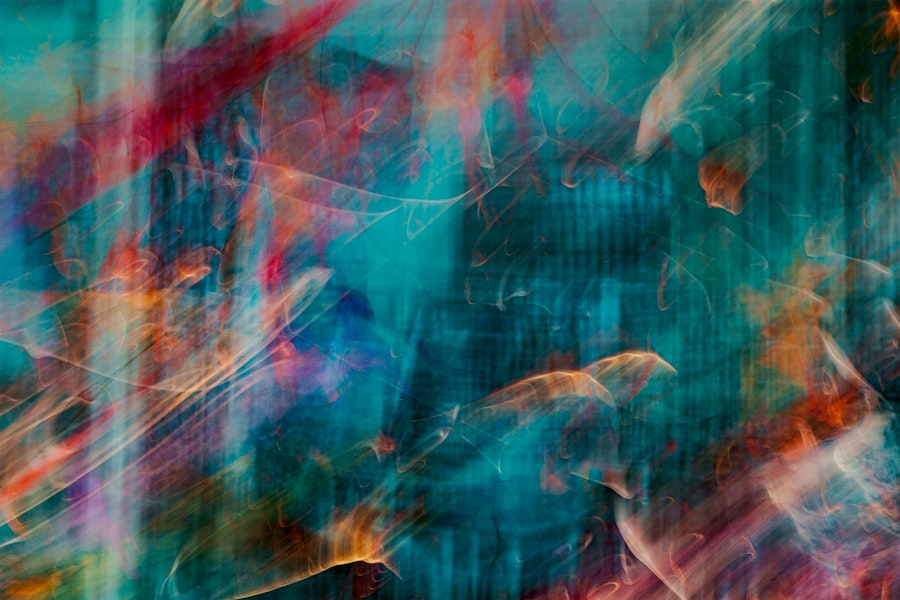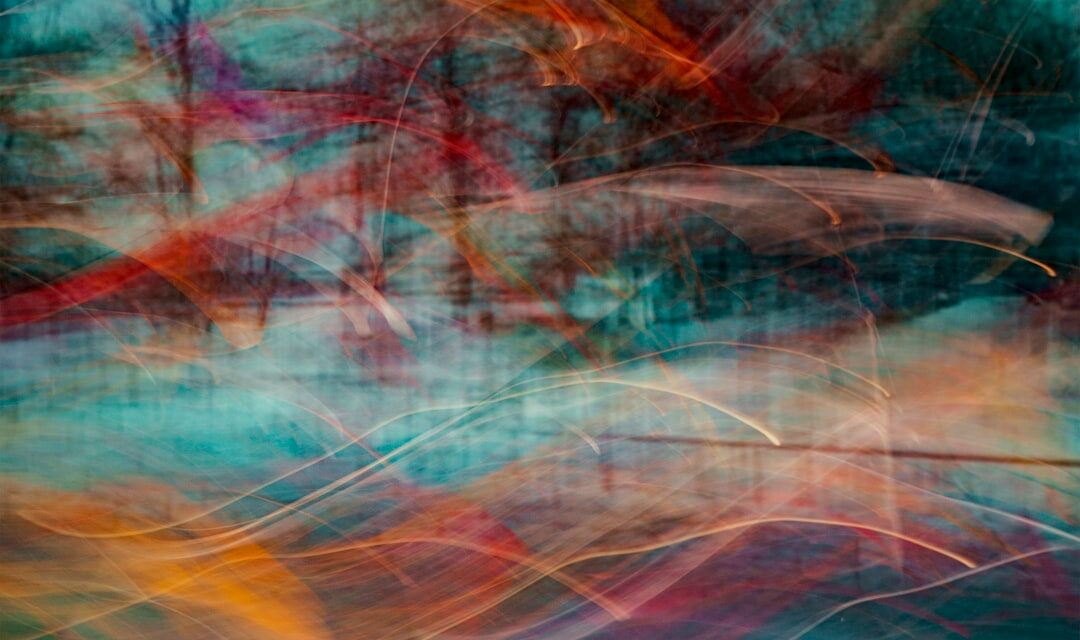Creative insights possess an extraordinary ability to transform our understanding of the world and ourselves. These moments of clarity often arise unexpectedly, illuminating paths previously obscured by routine thinking. They can lead to innovative solutions, artistic breakthroughs, or profound personal revelations.
The essence of a creative insight lies in its capacity to connect disparate ideas, allowing us to see relationships and possibilities that were not immediately apparent. This cognitive leap can be likened to a flash of lightning in a stormy sky, illuminating the landscape for just a moment but leaving a lasting impression on the mind. Moreover, the impact of creative insights extends beyond individual experiences; they can catalyse change within communities and industries.
When one person harnesses a powerful idea, it can inspire others to explore their own creativity, fostering an environment where innovation thrives. This ripple effect is particularly evident in the arts, where a single piece of work can influence generations of artists and thinkers. The power of creative insights, therefore, is not merely personal; it is a collective force that can reshape cultural narratives and drive societal progress.
Summary
- Creative insights have the power to transform ideas and drive innovation in personal and professional settings.
- Cultivating creativity in everyday life involves embracing curiosity, exploring new experiences, and seeking inspiration from diverse sources.
- Nurturing creativity through mindfulness and meditation can help individuals tap into their inner creativity and enhance their problem-solving abilities.
- The environment plays a crucial role in fostering creative insights, and creating a conducive space can stimulate imagination and innovation.
- Overcoming creative blocks and finding inspiration requires resilience, open-mindedness, and a willingness to experiment and take risks.
Cultivating Creativity in Everyday Life
To cultivate creativity in our daily lives, we must first recognise that it is not solely the domain of artists or inventors. Creativity is an inherent human trait that can be nurtured through intentional practice and openness to new experiences. One effective way to foster creativity is by embracing curiosity.
By asking questions and seeking out new knowledge, we can expand our mental horizons and stimulate our imaginative faculties. Engaging with diverse subjects—be it through reading, travel, or conversation—can provide fresh perspectives that ignite our creative spark. In addition to curiosity, establishing a routine that encourages creative exploration is vital.
This could involve setting aside dedicated time for creative pursuits, whether it be writing, painting, or even cooking. The key is to create a space where experimentation is welcomed and mistakes are seen as part of the process. By integrating creativity into our daily lives, we not only enhance our problem-solving skills but also enrich our overall well-being.
The act of creating can serve as a form of self-expression, allowing us to process emotions and experiences in a meaningful way.
Nurturing Creativity through Mindfulness and Meditation

Mindfulness and meditation are powerful tools for nurturing creativity, as they encourage us to cultivate awareness and presence in the moment. By quieting the mind and focusing on our breath or surroundings, we create a mental space that allows for new ideas to emerge. This practice helps to reduce the noise of everyday distractions, enabling us to tap into our inner thoughts and feelings more deeply.
As we become more attuned to our internal landscape, we may find that creative insights arise more readily. Furthermore, mindfulness fosters a non-judgmental attitude towards our thoughts and ideas. This acceptance is crucial for creativity, as it allows us to explore unconventional concepts without fear of criticism or failure.
When we approach our creative endeavours with an open mind, we are more likely to take risks and venture into uncharted territory. Meditation can also enhance our ability to focus, which is essential for developing and refining our creative projects. By dedicating time to mindfulness practices, we not only nurture our creativity but also cultivate resilience in the face of challenges.
The Role of Environment in Fostering Creative Insights
The environment in which we find ourselves plays a significant role in shaping our creative potential. A stimulating atmosphere can inspire innovative thinking, while a cluttered or uninspiring space may stifle it. To foster creativity, it is essential to curate an environment that encourages exploration and experimentation.
This could involve surrounding ourselves with inspiring artwork, engaging literature, or even nature itself. Each element in our surroundings can serve as a catalyst for creative thought, prompting us to see the world through different lenses. Moreover, social environments are equally important in nurturing creativity.
Engaging with like-minded individuals who share a passion for exploration can lead to fruitful collaborations and exchanges of ideas. Creative communities provide support and encouragement, allowing individuals to take risks and push boundaries without fear of judgement. By immersing ourselves in environments that celebrate creativity—be it through workshops, art classes, or informal gatherings—we can cultivate a sense of belonging that fuels our imaginative pursuits.
Overcoming Creative Blocks and Finding Inspiration
Creative blocks are an inevitable part of the artistic journey, often arising when we feel overwhelmed or uncertain about our abilities. However, these obstacles can be viewed as opportunities for growth rather than insurmountable barriers. One effective strategy for overcoming creative blocks is to change our perspective on the situation.
Instead of viewing the block as a failure, we can reframe it as a chance to explore new avenues or revisit foundational concepts that may have been overlooked. Finding inspiration during these challenging times often requires stepping outside of our comfort zones. Engaging with different art forms or disciplines can provide fresh insights and rekindle our passion for creativity.
For instance, attending a dance performance might inspire a writer to explore movement in their prose, while a painter might find new colour palettes by studying photography. By actively seeking out diverse sources of inspiration, we can reignite our creative flames and break free from stagnation.
Embracing Failure and Learning from Setbacks

Failure is an integral part of the creative process; it is through setbacks that we often learn the most valuable lessons. Embracing failure allows us to develop resilience and adaptability—qualities essential for any creative endeavour. Rather than viewing mistakes as definitive endpoints, we can see them as stepping stones towards improvement and innovation.
Each setback provides an opportunity to reflect on what went wrong and how we might approach similar challenges differently in the future. Moreover, sharing our experiences of failure with others can foster a sense of community and support among creatives. When we openly discuss our struggles and setbacks, we normalise the challenges inherent in the creative process.
This transparency not only helps us feel less isolated but also encourages others to take risks without fear of judgement. By cultivating an environment where failure is accepted as part of the journey, we create space for growth and exploration—ultimately leading to richer creative outcomes.
Collaborating and Sharing Ideas for Creative Growth
Collaboration is a powerful catalyst for creative growth, as it allows individuals to pool their unique perspectives and skills towards a common goal. Working alongside others can spark new ideas and challenge preconceived notions, pushing us beyond our individual limitations. Collaborative projects often result in innovative outcomes that would not have been possible in isolation; the synergy created by diverse minds working together can lead to unexpected breakthroughs.
Sharing ideas within a collaborative framework also fosters an atmosphere of trust and mutual respect. When individuals feel safe to express their thoughts without fear of criticism, they are more likely to take risks and explore unconventional concepts. This openness not only enhances the quality of the work produced but also strengthens relationships among collaborators.
By engaging in collaborative practices—whether through group projects, workshops, or informal brainstorming sessions—we can cultivate an enriching environment that nurtures creativity.
Harnessing Creative Insights for Personal and Professional Development
The ability to harness creative insights has profound implications for both personal and professional development. In our personal lives, these insights can lead to greater self-awareness and emotional intelligence, enabling us to navigate challenges with clarity and confidence. By tapping into our creativity, we can develop innovative solutions to problems that may have seemed insurmountable before.
This process not only enhances our problem-solving skills but also enriches our overall quality of life. In professional contexts, creativity is increasingly recognised as a vital asset across various industries. Employers value individuals who can think outside the box and approach challenges with fresh perspectives.
By cultivating our creative insights, we position ourselves as adaptable thinkers capable of driving innovation within our organisations. Whether through brainstorming sessions or strategic planning meetings, harnessing creativity allows us to contribute meaningfully to our teams while fostering an environment where everyone feels empowered to share their ideas. In conclusion, the journey of nurturing creativity is multifaceted and deeply rewarding.
By embracing curiosity, mindfulness, collaboration, and resilience in the face of failure, we can unlock the full potential of our creative insights—transforming not only ourselves but also the world around us.
If you are interested in exploring more about art history, you may enjoy reading an introduction to the painting “The Adoration of the Golden Calf” (1635) by Nicolas Poussin. This article delves into the symbolism and techniques used by the artist to create this masterpiece. It provides valuable insights into the historical context and artistic influences that shaped the work. Additionally, if you are curious about avant-garde art movements, you might find an introduction to Dada intriguing. This article explores the origins and key characteristics of this revolutionary art movement that challenged traditional notions of art. For those interested in Impressionist art, an introduction to the painting “Parisian Street, Rainy Day” (1877) by Gustave Caillebotte offers a fascinating look at this iconic work and its significance in the art world.

